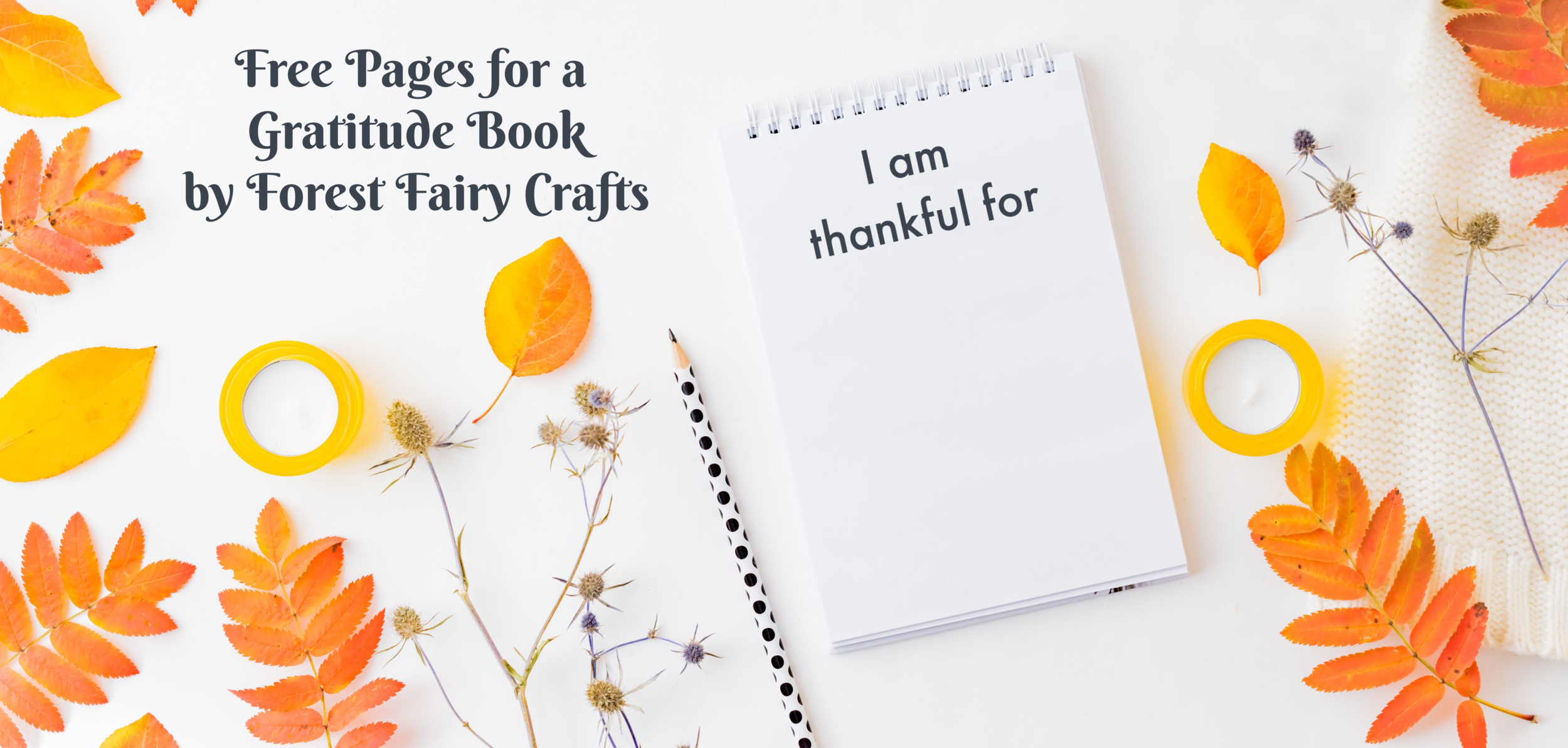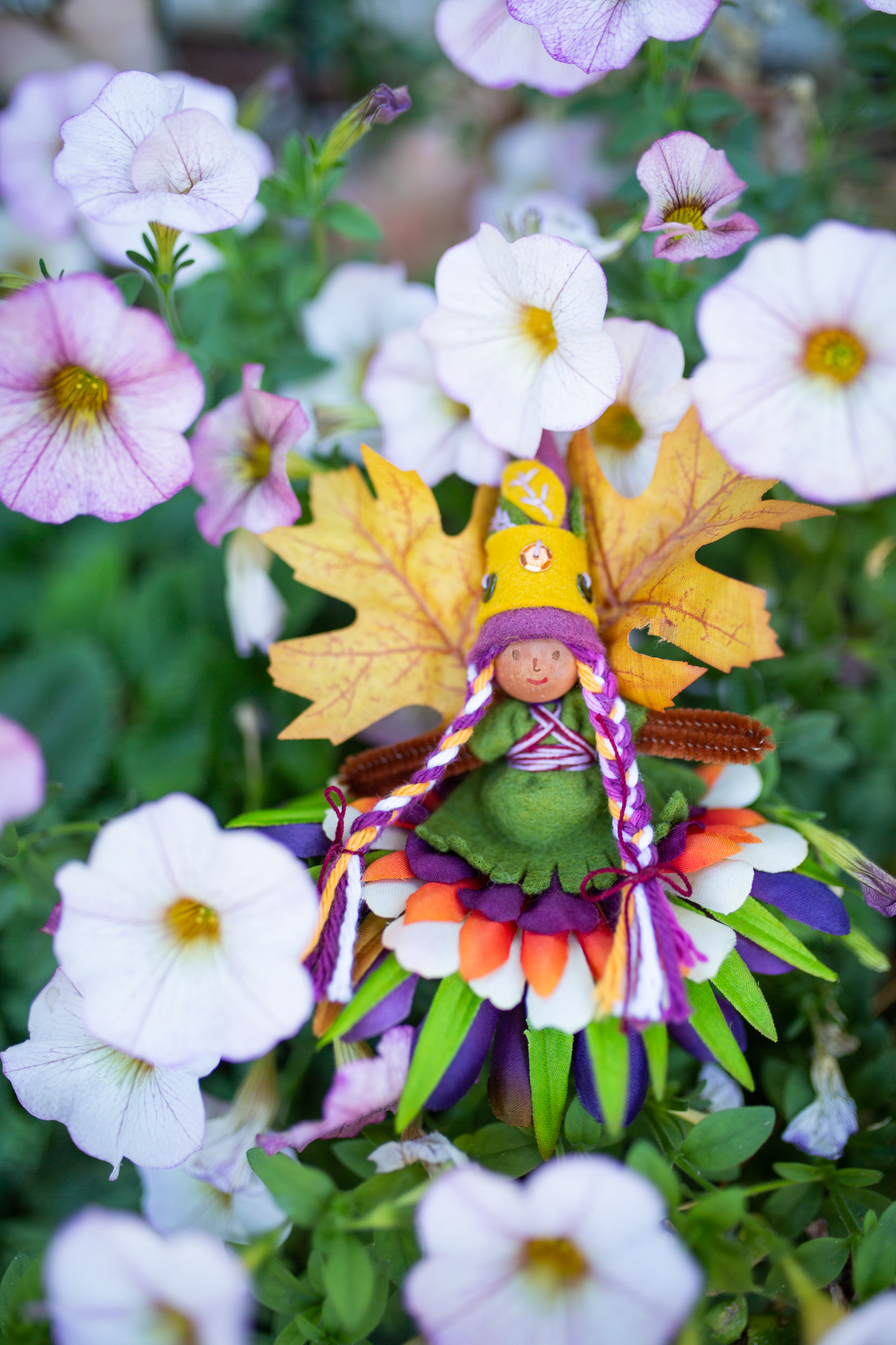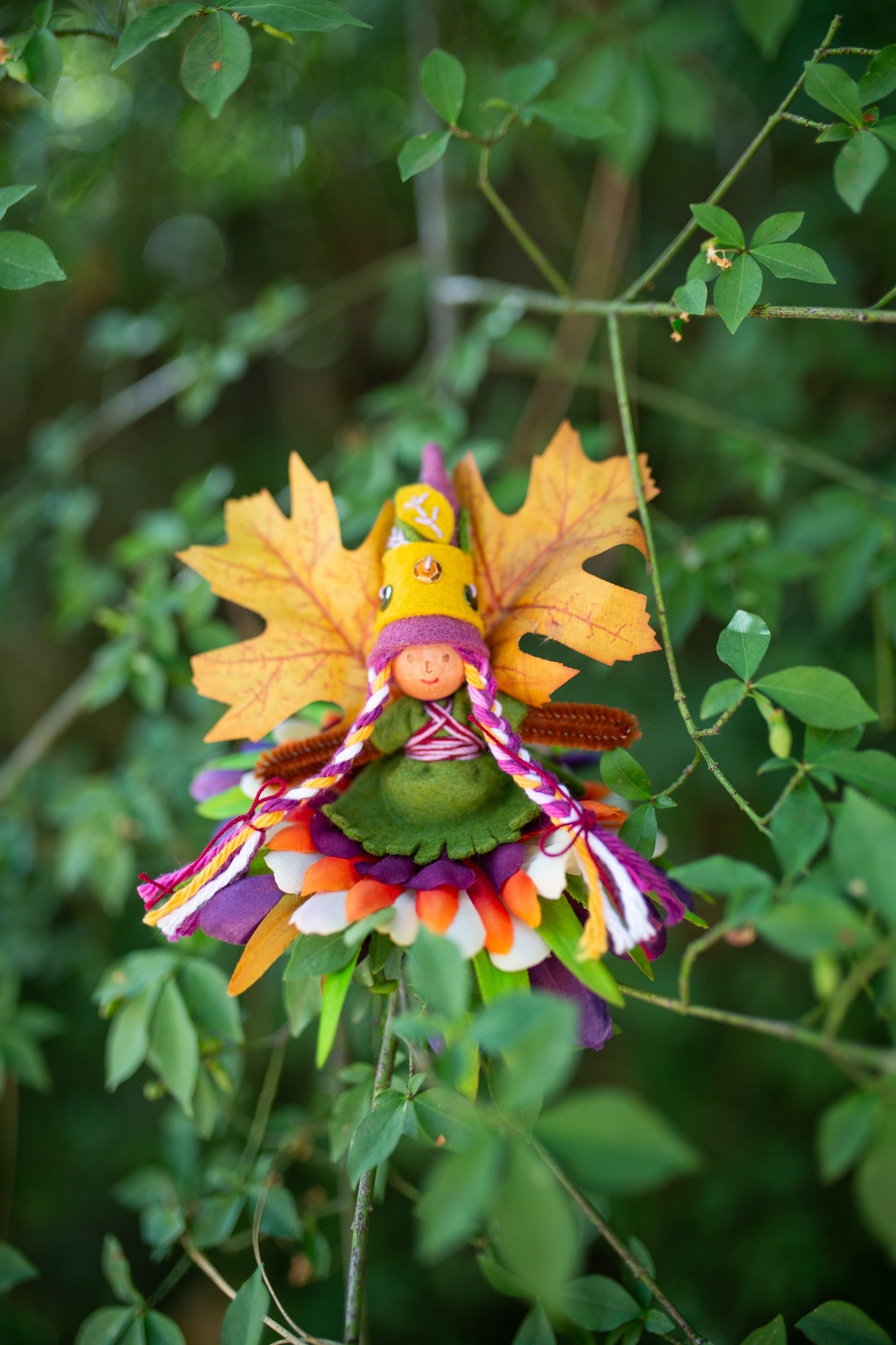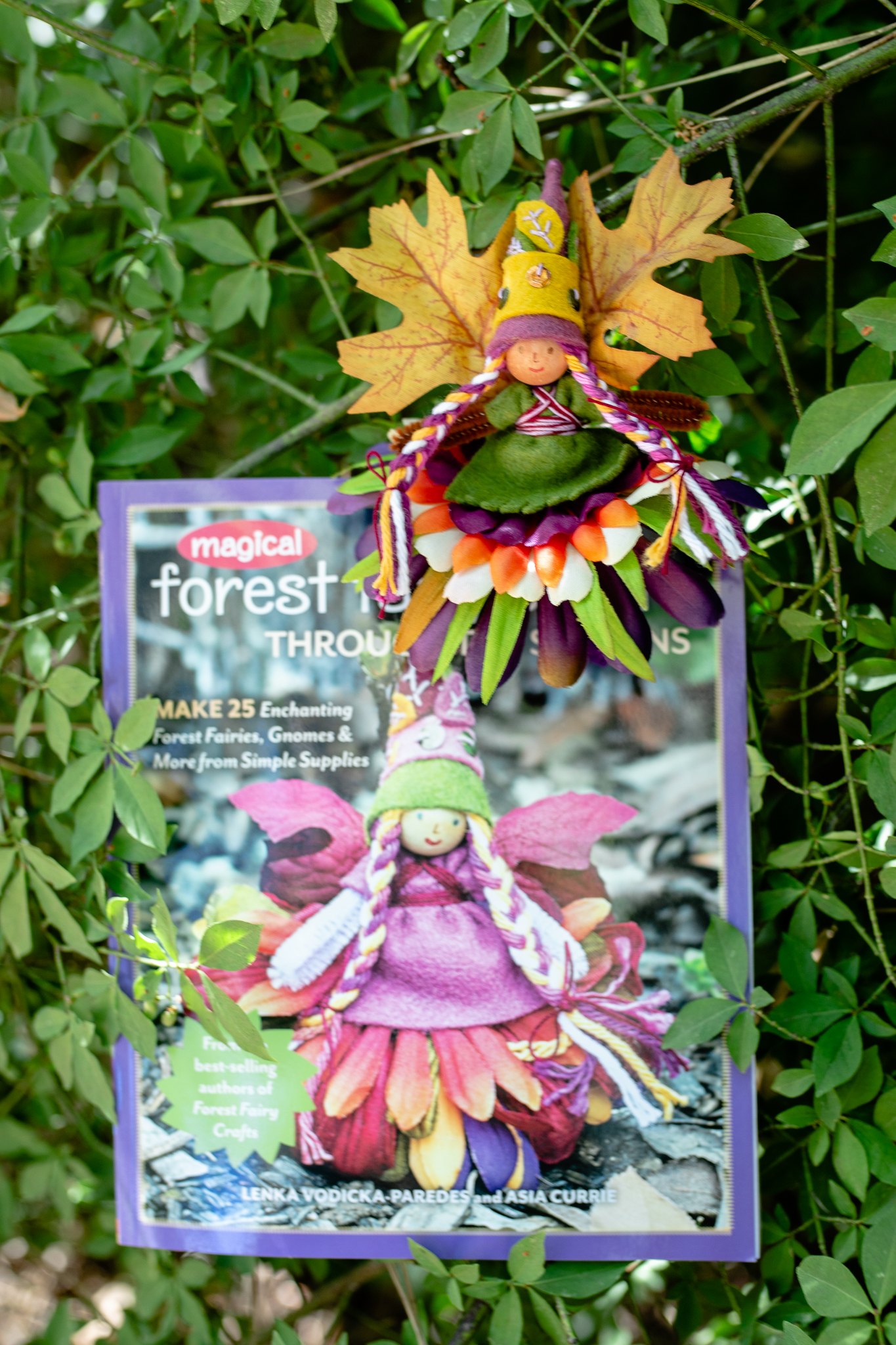
A Gratitude Book
The first day of November starts one of my favorite classroom projects- the gratitude books. The idea is simple enough. Each day, children wrote one page for a book that I put together for them to bring home before Thanksgiving. We created books for a number of years, which gave me additional ideas and perspectives on how to inspire and support students along the way. The good news for all of you this year is that I made printable PDF pages to jumpstart your child’s creativity.
You can start the book anytime (and any time of year). You can complete one page a day or a page a week or multiple pages a day. Whatever works best for your children or students.
All of our projects are invitations. Take the idea and make it your own. The templates are set up to be half pages that you can print, cut in half, then staple or punch holes to thread yarn for binding the book. Your book can be 5 pages or 50 pages. I recommend not binding the book until you reach the end of the project. That way you don’t find yourself either with blank unfinished pages or running out of pages. I kept them in a folder. This way, too, I could shuffle pages that a child had already completed, and they could read the pages to me before adding a new page (massive reading practice reinforcement). And students could plan the order of pages before we assembled the final book.
Creating pages itself is fun. The real magic, however, is what happens as children plan pages.
The idea is simple. Make a stack of pages- blank or use our template or make your own. Each day, the child adds another page. They write the sentence (or more if they want) and illustrate it. The only guidance is that each page needs to be different- choosing dogs, dogs, dogs, every day becomes repetitive. However, if they want to vary the dogs- thankful for black dogs and spotty dogs, that’s fine. Here’s why-
They start noticing things throughout the day.
In the beginning, I say that it’s fine to use obvious/easy answers. Some children go right to “air” and “food”. They eventually run out of easy answers. And that’s when they start paying attention to plan the next day’s page. If they get stuck, I’ll ask for details. What’s your favorite food? Or your favorite place to go? But mostly I try to stay quiet and let them simmer ideas and choose on their own time. They know that they need an idea for the next day, and eventually, they realize that paying attention can give them an idea before they sit at the table to write.
The original book project was a daily activity during group time. You could easily change the duration of the project for whatever is available for your family, classroom, or group. The pages can be made in an afternoon or over a number of weeks.
One way that I make it easier for younger children is to write the beginning of the sentence because the goal for me is thinking and writing unique ideas. The templates use a gray font because I would encourage children to trace the written letters if possible. Tracing takes less brain-power and reinforces the spelling for later. If students are tired or overwhelmed by that quest, skip tracing the letters.
A supportive idea for their own words is that they could tell you the end of the sentence and you write the letters lightly for them to trace, or they use a colored pencil over your letters to make it colorful. For very young children, you can write the words and they draw the pictures.
As with all my projects, I ask myself, “What is the goal?” If the book is going to be shared around at Thanksgiving, you may want to pay closer attention to correct spelling and neatness. If the goal is an immersive celebration of all the wonders of a child’s life, then don’t worry too much about neatness and correct spelling.
And I guarantee you, they love reading this book. By having the first words exactly the same on every page, it builds confidence for early readers.
With older children, I encouraged looking for details. Why say cats when you mean super fluffy cats? Why say food when you mean garlic mashed potatoes with gravy?
I encourage adults to create their own books as well. Show that appreciation continues through all of our years. This year, in particular, brings massive challenges. Yet the appreciations are so sweet. I appreciate my fluffy black and white dog that cuddles throughout the day.
Further ideas and notes: you can make the book resemble a scrapbook. Collect leaves or look through old magazines for images that inspire. Add them to pages. Use watercolors or paint or stickers. Give students room to imagine how each page can express their ideas. By assembling at the end, you won’t worry about paints smearing onto other pages. Feel free to let children express their creativity. I am so grateful for that!
Our template has a text box and another page with a line. You can add more lines, or a top line and dashed middle line if that matches your child’s learning process. It’s easier to add lines than remove them :)
If a child wants to write more than one page a day, that’s totally fine. Some students wanted to write many, many pages. When you assemble the book on a date instead of binding it in the beginning, making a page a work of art won’t damage other pages.
We hope that you enjoy the project! The Gratitude Book was a delight to create and read with students. And they were so proud of their books (as they should be).
As an added bonus, children went to Thanksgiving celebrations with plenty of answers to “What are you thankful for?”
We’ve included a “print” font version and a “handwriting” font for practicing cursive. Both can be printed on printers. Enjoy!
Thankful Fairy
Welcome to a season of thankfulness (which really is every season, right? ;)). We adore creating this fairy for everything we are thankful for in our lives. We start thankful thoughts with a fairy that notices things to appreciate. From the very small little things like saying “please” and “thank you” to the very big things like air and mountains, the world is filled with amazing things to appreciate.
After making a fairy, we create a space for collecting gratitudes. Writing gratitudes is perfect for craft time at home, writing at school, or homeschool curriculums. Collections can be created many different ways. We’ve made a book by folding paper in half and threading it together along the spine. Click here for more ideas for sewing a book. Actually, as I reflected on how we made these books, I realized that we didn’t sew the Gratitudes together until the end, so busy beavers could have thirty pages while slow and steady learners could have seven pages and not feel intimidated by blank emptiness waiting to be filled.
We’ve also written ideas on leaf-shaped papers to hang on branches for a Thankful Tree. And written on little slips of paper to collect in a box.
The amazing thing about taking note of appreciation over time, is that kids notice more and more things that inspire their gratitude.
We would start pages for a book, then, after collecting them for a week or two, we would bind them into a book. At first, children might struggle to notice a gratitude. Or they would go silly. I wouldn’t judge their choices. Everything is an important things to notice. And children move from idea to idea quickly. So the next day, perhaps they would settle into deeper connections. And, inevitably, they would have a collection of ideas that brought them pride, and maybe a few smiles too.
Easy ways to make projects for many ages and different learners
Start with loose pages. That way they can collect without running out of room or getting overwhelmed by blank pages.
For children who haven’t learned to write, an adult can write the sentences. Students enjoy reading their books no matter who writes the words.
Younger learners, or learners who can use writing support, may benefit from an adult writing I am grateful for ….. on each page.
Those learning to write can trace the letters I am grateful for … to practice. Or they can fill just the ends of sentences if tracing takes too much time.
Add drawings. If you write, I am grateful for family at the top of the page, an illustration of family adds to the magic.
Fairies love to help write the books or slips of paper. They also love to hear them read aloud. And by making gratitude a daily practice, children aren’t surprised by the question, “What are you thankful for?” And cultivating a sense of gratitude is a lifelong trait that brings happiness to children, their adults, and the fairies :)
What are you grateful for?
Speaking of that, it’s fun and wonderful modeling to create a book with the children. The more gratitude, the merrier.
We are grateful for you!
And directions to make the Autumn Fairy (perfect for gratitude) is in the Magical Forest Fairy Crafts through the Seasons* book.
Gratitude is appreciated all year :)
*affiliate link- should you choose to purchase, a small amount returns to the forest while your price remains the same.
Free Fun Book Craft
When I'm not crafting fairies and magical friends, I teach at the Nevada City School of the Arts. And this is a favorite activity book with kids ages 7 and up. Younger children love it too, if I trace the basic shape lightly so they know where to put the head and feet.
Everyone loves a flip-book, especially a creepy, silly flip-book.
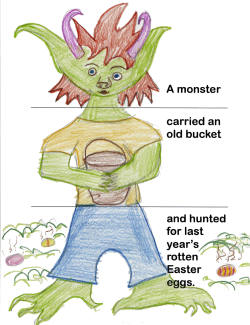
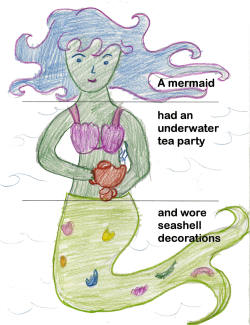
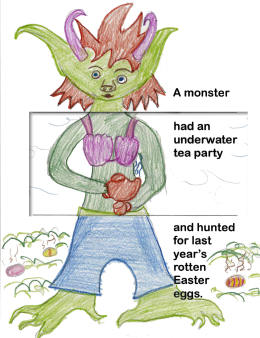
The fun begins when you flip the pages and make new stories.
This is a fantastic project for children learning to read because they can hold parts of the story as familiar text. And the illustrations support the words. Children will read over and over so they get different beginnings, or middles, or endings.
The creativity with this project is in your child's illustrations. I drew these examples to share how the book works, but you will find that the template is blank except for words and cutting guides. Each page also has small marks at the neck and waist. Guide children to draw with the head and legs starting at those marks so the creatures match from page to page. The cat will need to be drawn sitting up to match the other creatures.
I am happy to help if you have questions or get stuck. I suggest allowing children to draw each page as a whole sheet, then binding the book with yarn or staples, and cutting last.
Enjoy! Feel free to share with your teacher and homeschooling friends! I love inspiring children to read! :)
Click here for The Crazy Creepy Creature Book PDF


